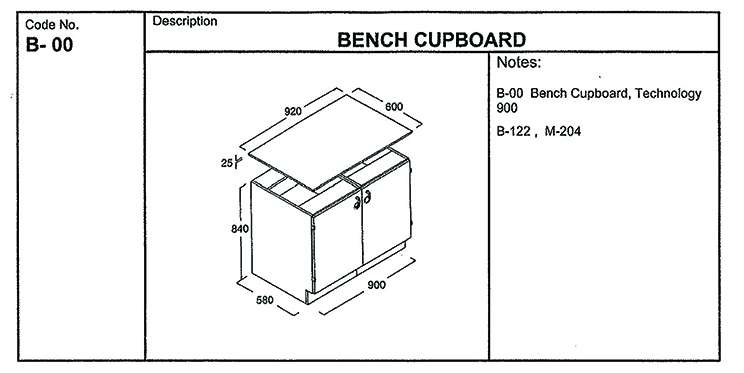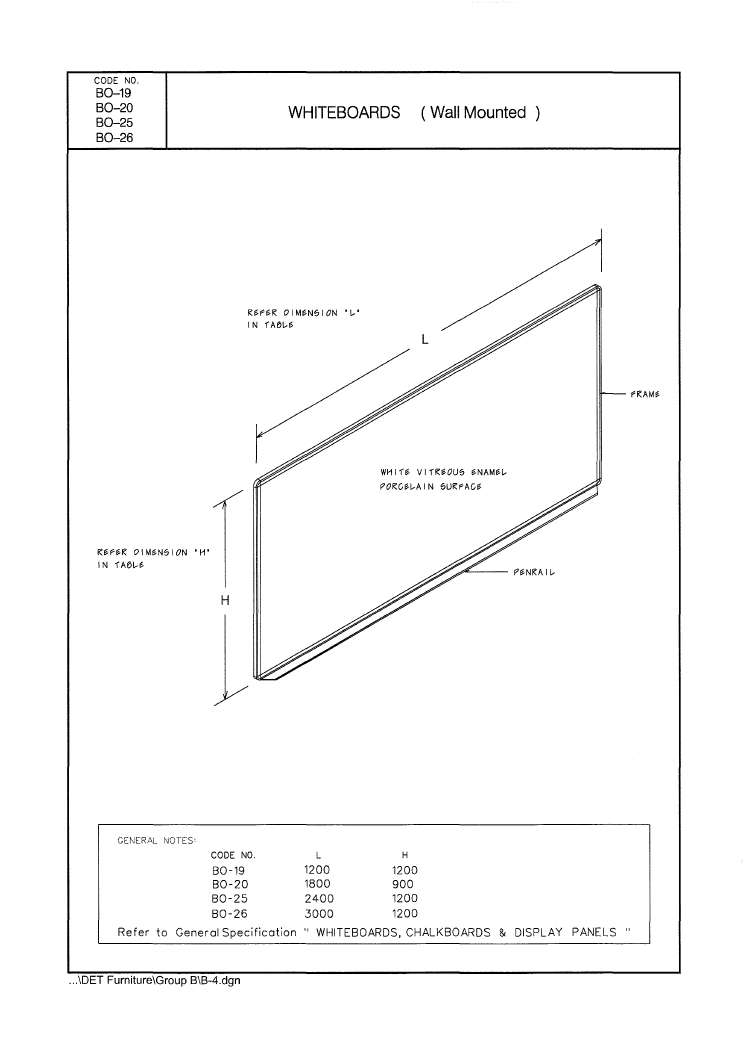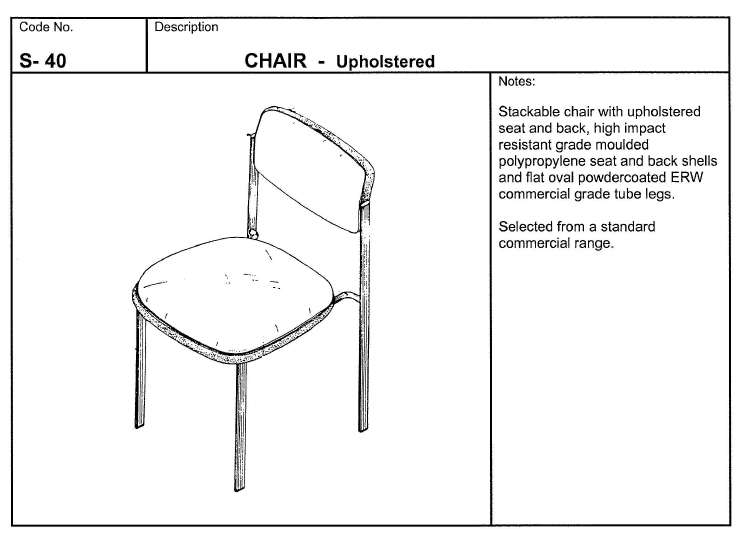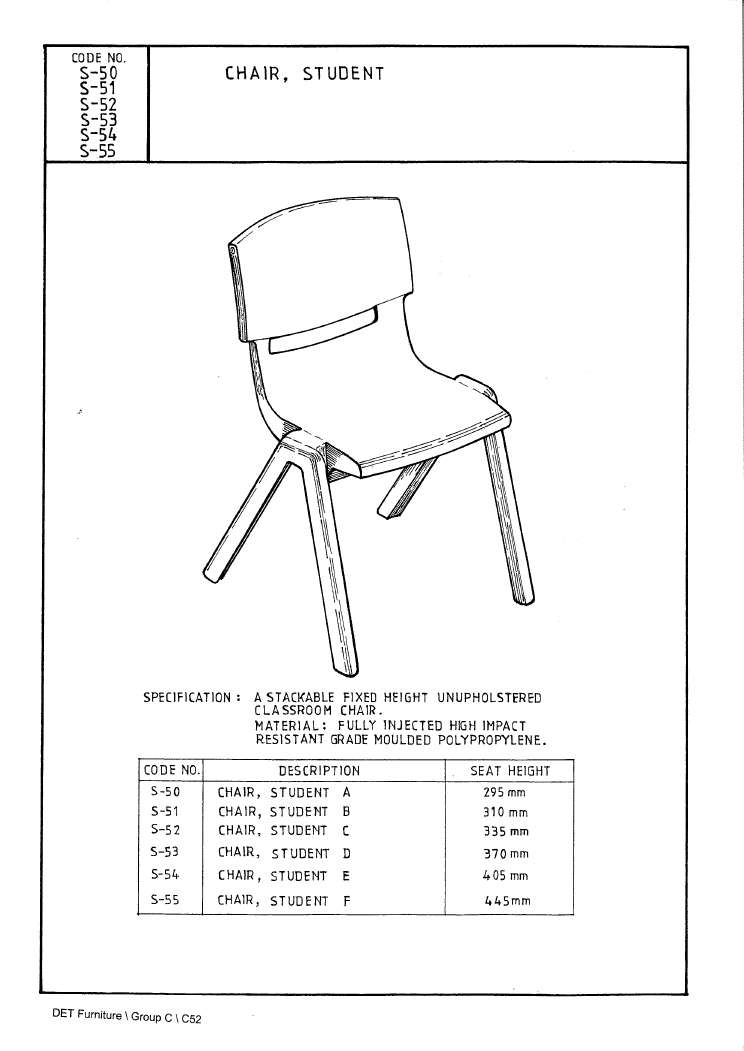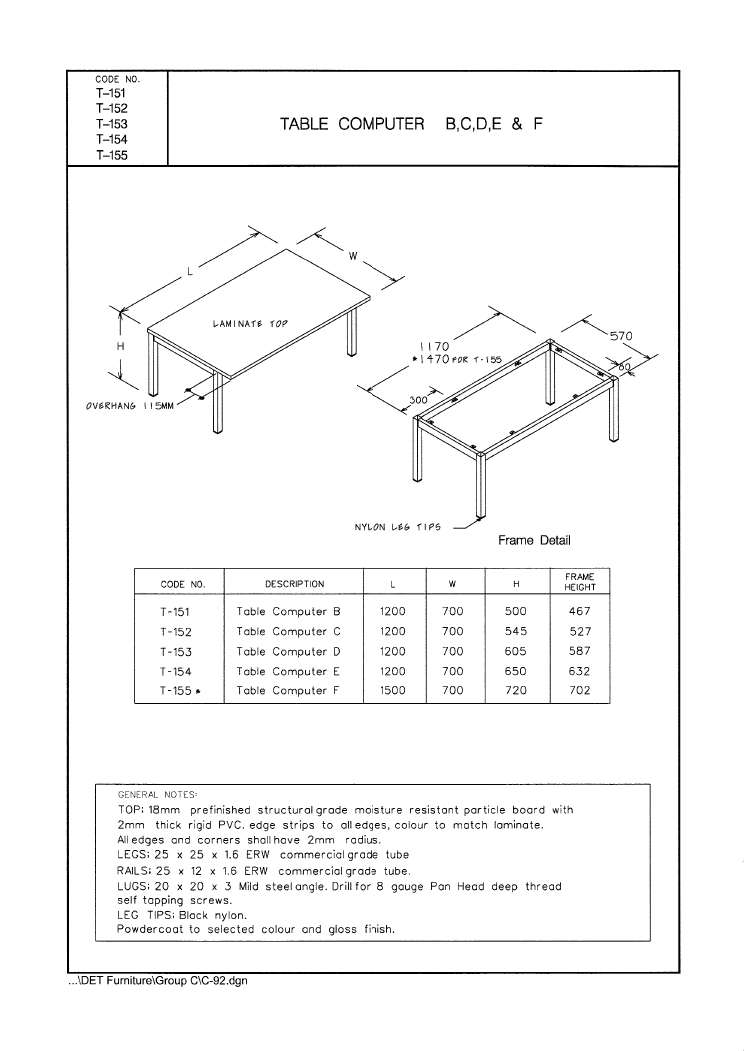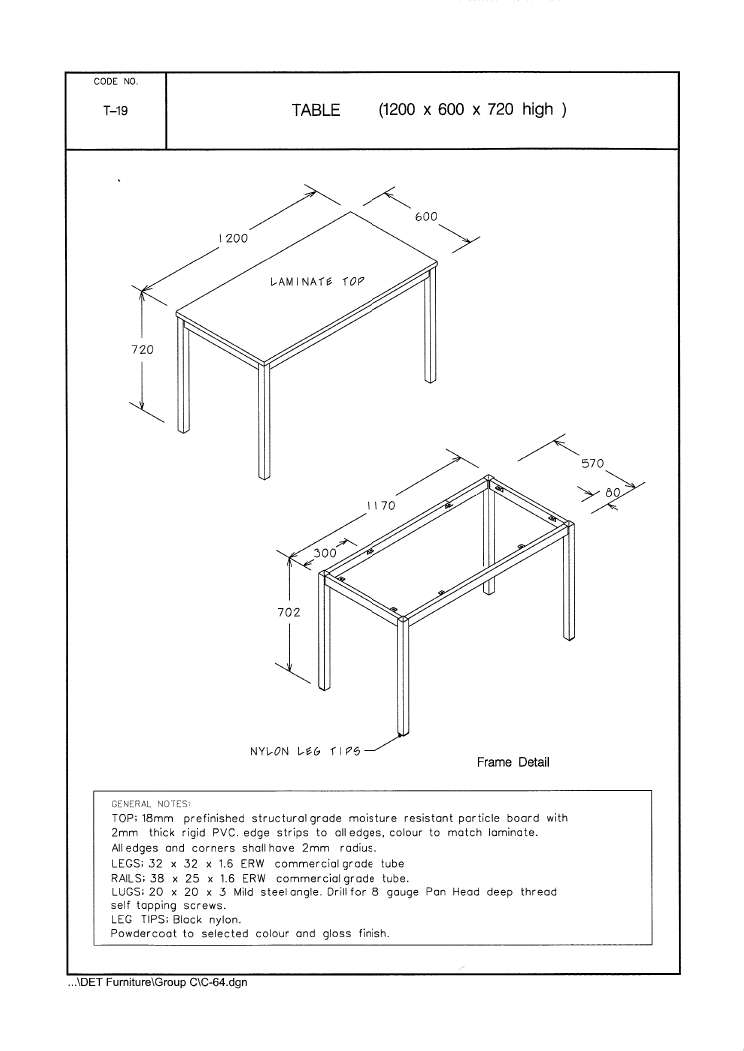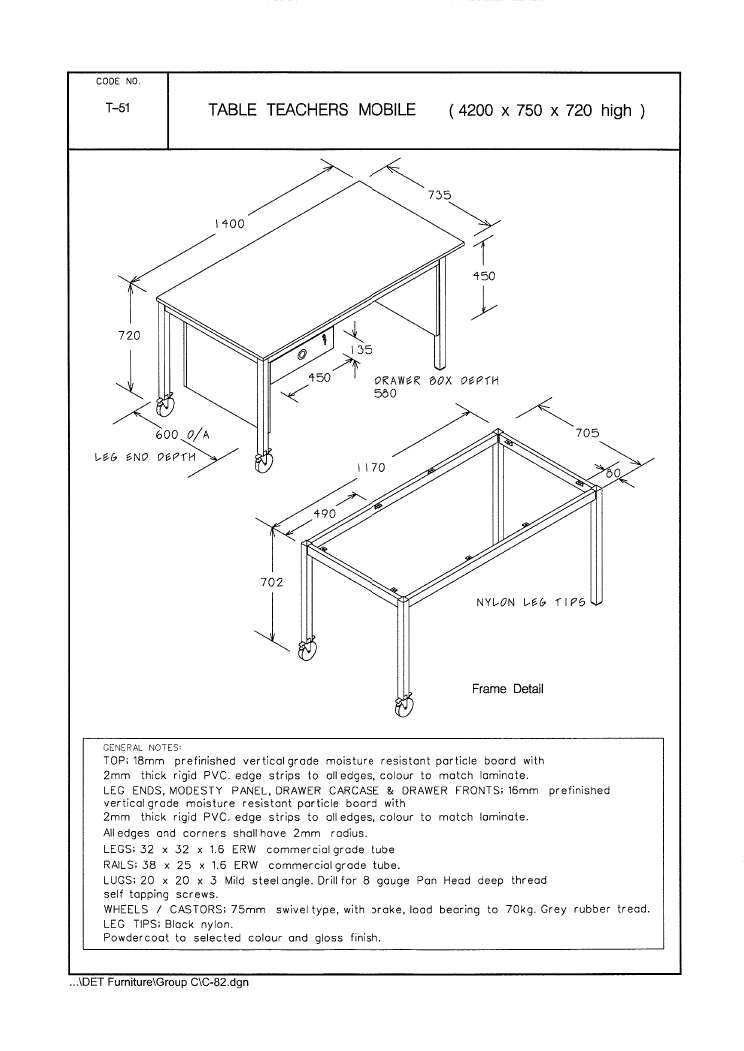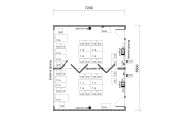This General Learning Space provides a learning space for up to 30 students and one teacher or two groups of 15 students. The movable partition divides the learning space into two smaller learning areas allowing teachers to accommodate two smaller class groups or to plan for learning experiences that require different learning modes in each area. This space can be configured to support a variety of seating plans for individual, paired, small and medium learning groups to support the teacher’s learning and social planning. There is scope for the settings to be modified during a session using the operable wall.
The General Learning Space is suitable for small to whole class activities that include discussion, reading, explicit teaching, demonstrations and presentations. Students can work independently or in small groups on research and reflective activities and the operable wall provides spaces for independent work for individual to medium groups. Students can rehearse and perform using a variety of furnishings in the divided areas. Work samples and learning resources can be displayed.
FURTHER OPPORTUNITIES
The use of the movable partition would enable a collaborative learning and teaching model for two teachers to 30 students. The divisible space provides opportunity for learning settings for requiring small class numbers or for special purpose settings for languages and other specific subjects. Connecting this General Learning Spaces and/or access to an outside learning area would enable greater diversity of learning settings reducing the need for constant reconfiguration of furniture. Reducing the number of desks and chairs and using different furniture and fittings to create alternative learning settings can also increase room use for more diverse learning processes including communal meetings, performances, and creative and investigative learning activities.
LEARNING IMPLICATIONS
Consideration will need to be given to the purpose of the room e.g. does it have a KLA/Subject or Year Level focus. The degree of general use versus special purpose use will have implications for furnishings, display and adaptability. Given the size of the rooms and the amount of furniture in this room consideration will need to be given to acoustic and spatial implications for learning activities planned. In particular consideration will need to be given to the types of performance activities e.g. singing, poetry, dram and the number of groups included in the learning space, and the size and types of resources used in explore, investigate, create, fabricate and construct activities for medium to large groups.
Explore ideas, share and develop opinions, debate and decide.
This learning process is effective with small to large groups provided specific criteria can be met.
Display, exchange and encounter learning artefacts.
This learning process is effective with small to very large groups provided specific criteria can be met.
Teachers and/or students demonstrate, communicate ideas and/or teach explicitly.
This learning process is effective with small to very large groups provided specific criteria can be met.
Hands on interaction, experimentation and evaluation with materials to discover, design and test.
This learning process is effective with small to very large groups provided specific criteria can be met.
Implement, build or assemble systems and media.
This learning process is effective with small to very large groups provided specific criteria can be met.
Use written, graphical and digital resources to personally reflect, consolidate and/or enquire.
This learning process is for individual or small groups and is effective provided specific criteria can be met.
Practise, refine and execute performance based activity.
This learning process is effective with small to very large groups provided specific criteria can be met.
Ratings against the Design Criteria
All criteria regarding spatial layout, fit-out, visibility and acoustics can be met.
Most criteria regarding spatial layout, fit-out, visibility and acoustics can be met. Some consideration will need to be given to determine whether constraints on ease of use, group size or materials will compromise the learning outcomes.
Few of the criteria regarding spatial layout, fit-out, visibility and acoustics can be met. A lot of consideration will need to be given to determine how the constraints on ease of use, group size or materials can be overcome.
Very few of the criteria regarding spatial layout, fit-out, visibility and acoustics can be met. This space should only be used for this learning mode as a last resort.
This space is incapable of supporting this learning mode.
This learning process is not employed with this size group.



